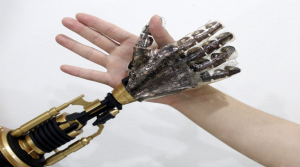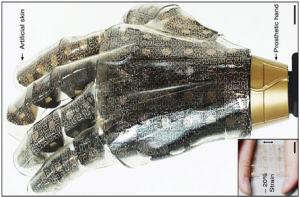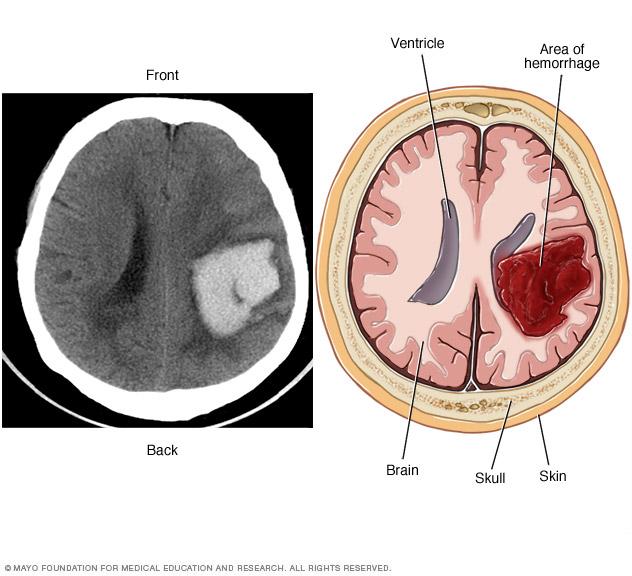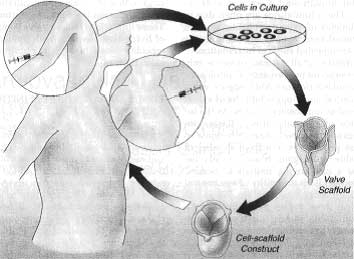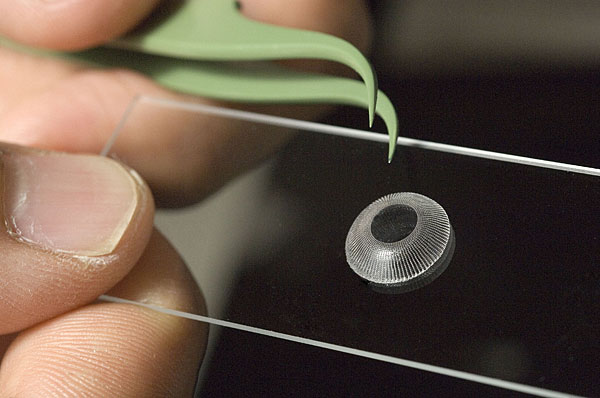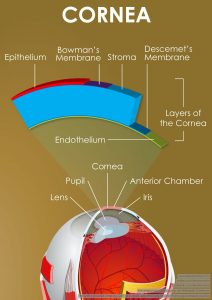
Friendship Circle — Special Needs Blog. 2013 May 5 [accessed 2017 Feb 19]. http://www.friendshipcircle.org/blog/2013/05/06/3-studies-that-show-the-benefits-of-an-early-diagnosis-of-autism/
For decades, researchers have been searching for the causes of ASD and how it determines behavioral characteristics (Anderson, George M.). Although the source is unknown, it has been found that ASD effects more men than women. Because diversity comes naturally in the research field, different routes have been taken to better understand ASD. For example, Shantel E. Meek of Arizona State University and her colleagues approached the process of understanding the origins of the disorder by discussing a conceptual model. The role of the conceptual model that was created is to explain “how gene-environment correlation…function in the context of social development in individuals with autism (Meek, Shantel E., et al.)” With this approach the researchers focus on genes that are associated with parts of the brain, the striatum and the amygdala, that control social behaviors (Meek, Shantel E., et al) . Genes play a major role in physical and mental growth because they contain DNA that has the blueprint to a person. By keying in on these regions, they were able to point out four genes that may play a role in social development. The oxytocin receptor gene made in the hypothalamus, arginine vasopressin also produced in the hypothalamus, and dopamine receptors one and two (Meek, Shantel E., et al). With these detected genes, researchers were able to connect their possible relationships with genetic influence on behavior patterns such as visual orientation and eye contact.
There is rarely a similarity in characteristics, because there are many factors that work differently to create different behavior patterns for each person. In the environmental side of the conceptual model, created by the researchers above, external and internal factors are discussed that can possibly effect the social development of a child. Internal factors that are crucial for social interactions are self-motivation and interest. A study found that autistic children, are less likely to interact with other children, this more than likely is due to a lack of interest. External environmental factors, like how parents raise their children and other factors, may affect social behaviors of a developing child. Based off the information provided it is easier to understand why behavioral characteristics of autistic people or people with ASD cannot be seen as similar. It is important for researchers to understand and analyze multiple characteristics of ASD before discovering its cause.
Another route to figuring out the mystery on what causes autism spectrum disorder involves using biomarkers. A biomarker can be defined as a biological measure that differs across groups or is associated with some aspect of a condition (Mandal, Ananya). In short it can be thought of as an indicator of some sort that can give a clue on a human’s condition. With the use of biomarkers, the goal is that reasons behind how or why different behaviors occur is discovered. Biomarkers that have been used in research include oxytocin, immune measures, placental research, omic research, serotonin, melatonin, and oxidative stress/Redox status. Melatonin is a hormone made in the pineal gland that control your sleep. Serotonin is a very important neurotransmitter in the body that can affect social behavior and more (Mclntosh, James). These markers play crucial roles and have impacts on the brain and social developments for children. For example, oxytocin, a necrohormone produced in the brain’s hypothalamus, plays a large role in “social learning and affiliative behavior in animals and humans (Anderson).” It has been said that oxytocin plays a role in helping eye coordination or the focus of an eye. Figuring out exactly how to use the biomarkers to finddisparities between autistic individuals and control groups is a hurdle the researchers must get over. The disparities that researchers are looking for are differences in the biomarkers when comparing both groups. If there is a large enough difference of a particular biomarker then, more or less of it may lead to ASD. Let us take serotonin into consideration. Although it is a neurotransmitter that has been of interest in autistic research, there have been troubles with determining observations and what certain concentrations and conditions intel. By understanding the importance of biomarkers and how they correlate to social behaviors, researchers will bring themselves closer to figuring out what exactly causes autism.
After further studies, in the next upcoming years, scientist will hopefully not only discover what causes autism but also why it affects its victims differently. In addition, it will also be very beneficial if scientists figure out how to prevent the disorder or how to treat. If that is accomplished then there will be one less mystery to be discovered in the medical field.
Works cited:
Anderson, George M. “Autism Biomarkers: Challenges, Pitfalls and Possibilities.” Journal of Autism and Developmental Disorders, vol. 45, no. 4, 2015., pp. 1103-1113 ProQuest Central, http://libproxy.lib.unc.edu/login?url=http://search.proquest.com/docview/1664734680?accountid=14244.doi:http://dx.doi.org/10.1007/s10803-014-2225-4.
Facts and Statistics. Autism Society. 2015 Aug 26 [accessed 2017 Feb 19]. http://www.autism-society.org/what-is/facts-and-statistics/
Mandal, Ananya. What is a Biomarker? 2014 Oct. 7. News Medical Life Sciences http://www.news-medical.net/health/What-is-a-Biomarker.aspx
Mclntosh, James. Serotonin Facts: What does Serotonin Do? Medical News Today. http://www.medicalnewstoday.com/kc/serotonin-facts-232248
Meek, Shantel E., et al. Psychological Review: A Review of Gene-Environment Correlations and their Implications for Autism. 120 Vol. American Psychological Association, 07/01/2013. Web. 26 Jan. 2017. http://vb3lk7eb4t.search.serialssolutions.com/?ctx_ver=Z39.88-2004&ctx_enc=info%3Aofi%2Fenc%3AUTF-8&rfr_id=info%3Asid%2Fsummon.serialssolutions.com&rft_val_fmt=info%3Aofi%2Ffmt%3Akev%3Amtx%3Ajournal&rft.genre=article&rft.atitle=A+Review+of+Gene-Environment+Correlations+and+Their+Implications+for+Autism&rft.jtitle=Psychological+Review&rft.au=Meek%2C+Shantel+E&rft.au=Lemery-Chalfant%2C+Kathryn&rft.au=Jahromi%2C+Laudan+B&rft.au=Valiente%2C+Carlos&rft.date=2013-07-01&rft.pub=American+Psychological+Association&rft.issn=0033-295X&rft.eissn=1939-1471&rft.volume=120&rft.issue=3&rft.spage=497&rft.epage=521&rft_id=info:doi/10.1037%2Fa0033139&rft.externalDBID=n%2Fa&rft.externalDocID=rev_120_3_497¶mdict=en-US
